Cooking with beer
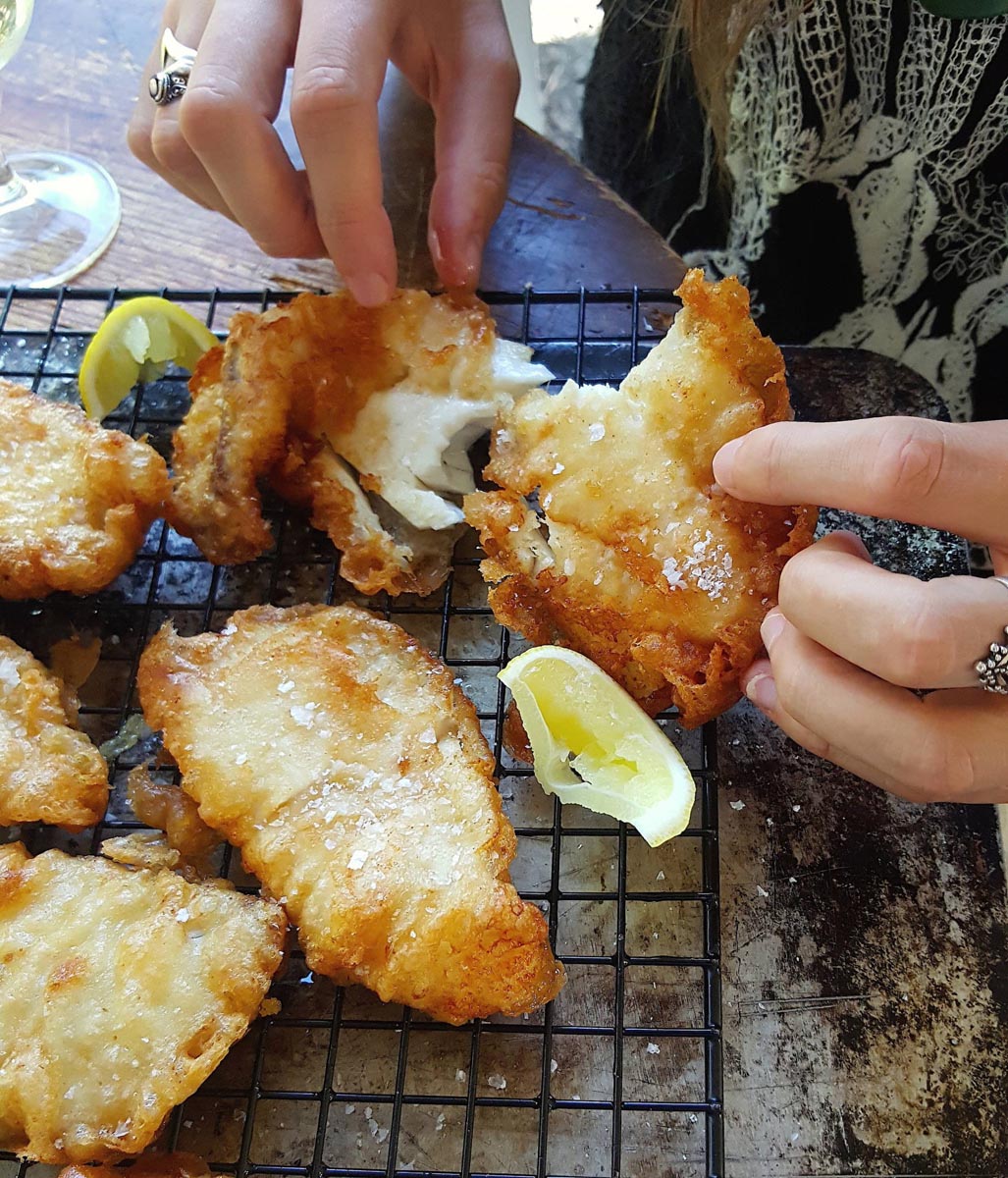
Why does beer make a great batter?

Why does beer make a great batter?

Get your skates on and set a date to come to Waiheke for our Winter White Cooking Class Special.
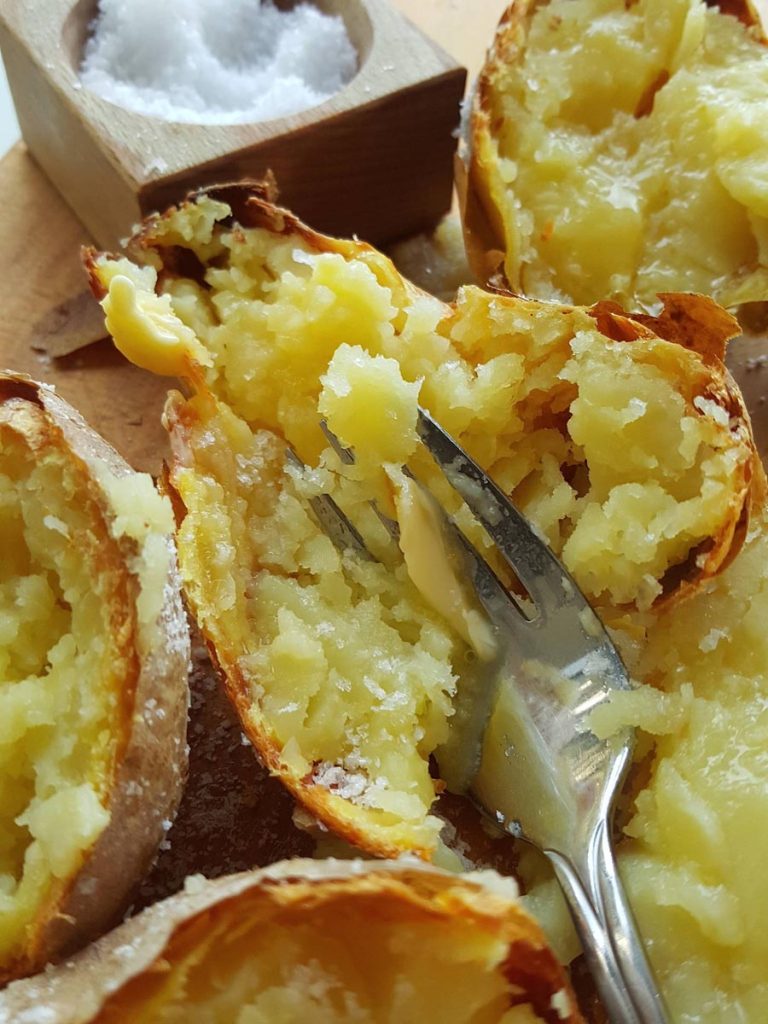
Everything you need to know to find potato Heaven. Get ’em on!
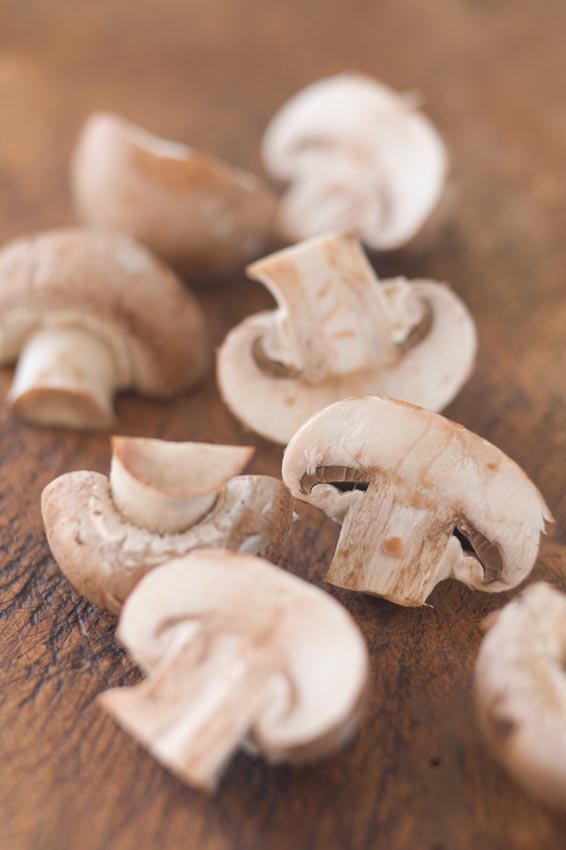
How to make the most of cultivated mushrooms.
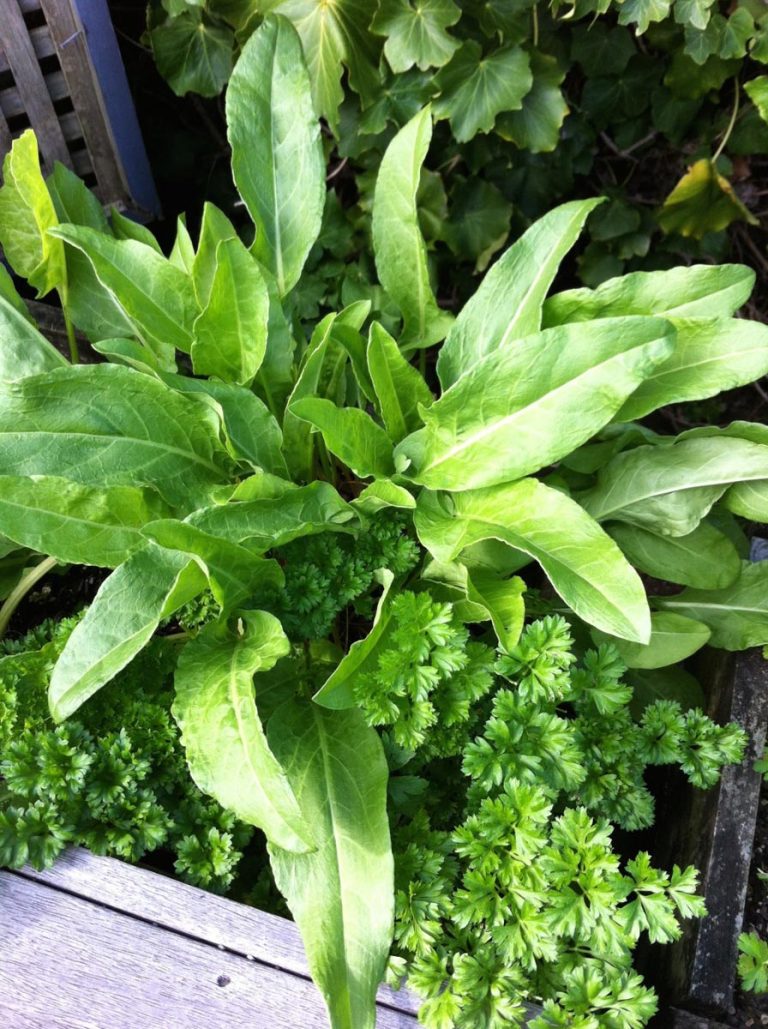
Sorrel is lemony-fresh and a few leaves added to a salad give a tart refreshing burst.
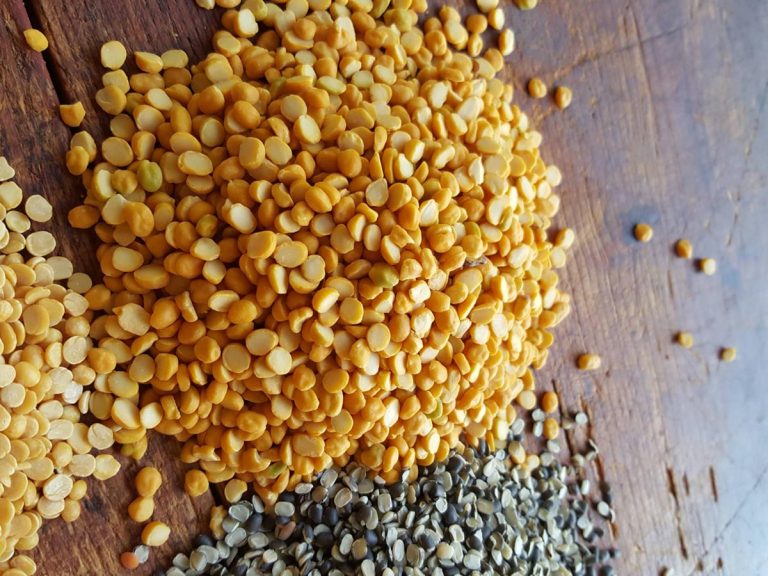
The Dahlings of the Indian Kitchen
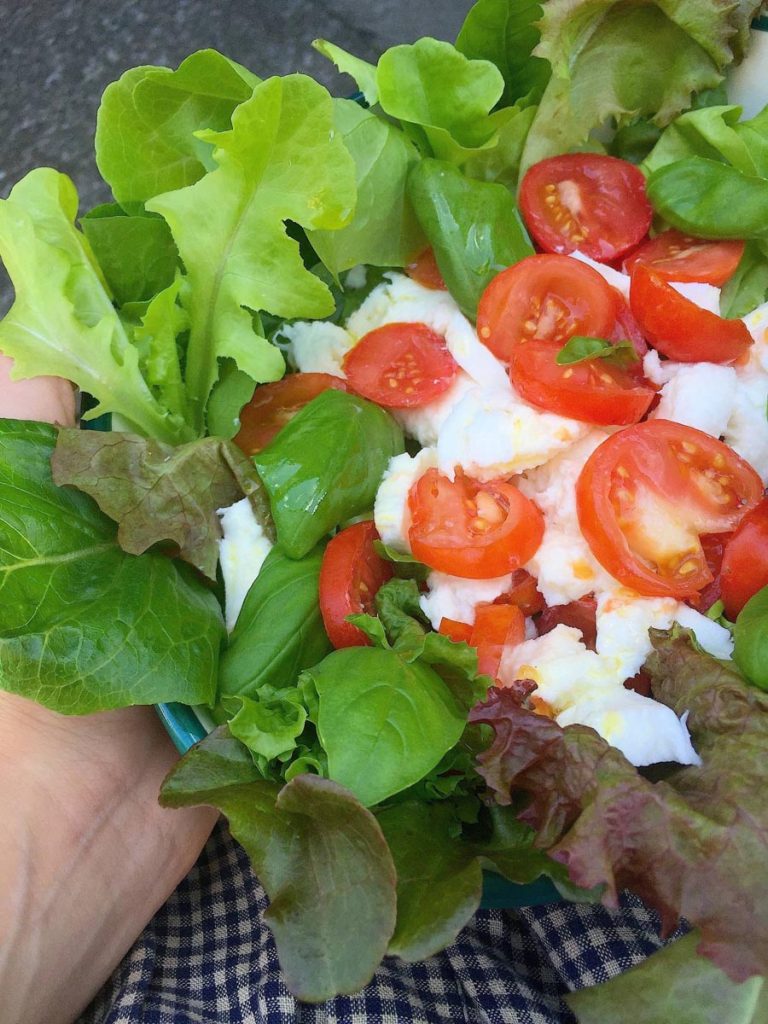
As it turns out, 18 lettuce seedlings in a 30cm x 30cm planter is actually quite excessive.
No products in the basket.
Welcome to the new Shared Kitchen experience! If you encounter any issues, please let us know. Dismiss